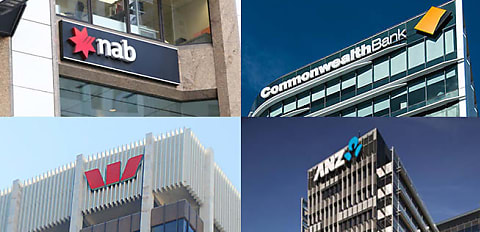Major bank NAB has announced that it has updated its cash rate call for February from a 0.25-bp hike to a hold, joining the other three major banks in this prediction, and likely believes that the current cash rate of 4.35 per cent is the peak of the cycle.
NAB had previously been an outlier among its competitors, maintaining that the peak of the cash rate cycle would be 4.6 per cent.
Furthermore, economic teams from all four major banks believe that 2024 will see the Reserve Bank of Australia (RBA) begin cutting rates for the first time since the onset of the COVID-19 pandemic.
Both NAB and ANZ are forecasting a single rate cut during 2024 set to occur in the fourth quarter, with NAB specifically predicting the November cash rate meeting to be a rate cut.
Westpac currently has two cash rate cuts pencilled in, with the first to happen in August 2024, while the Commonwealth Bank of Australia (CBA) foresees a total of three cash rate cuts (75 bps) for 2024, beginning in September.
Factors to influence the RBA’s decision
NAB’s update came as the latest monthly inflation figures released by the Australian Bureau of Statistics (ABS) revealed a rise of 4.3 per cent in the 12 months to November 2023, down from the 4.9 per cent rise in October and the smallest annual rise recorded since January 2022.
Prior to the release of the November Consumer Price Index (CPI) data, CBA economist Stephen Wu stated that the November CPI indicator will be the “first of two critical inflation prints” leading up to the RBA’s 5–6 February monetary policy meeting.
“The 4Q23 CPI (31 January) is more policy relevant, as it remains the benchmark measure of consumer prices in the country. But the November CPI indicator will set the tone and expectations for the 4Q23 inflation figure,” Mr Wu said at the time.
Reacting to the November CPI data, Catherine Birch said the October and November CPI prints “make it difficult” for the fourth quarter CPI inflation to exceed the Reserve Bank of Australia’s forecast of 1 per cent q/q, thus further supporting the major bank’s stance of no cash rate change in February.
“Looking ahead, we expect quarterly CPI to be annualising within the RBA’s 2–3 per cent target band in the second half of this year, opening the door for a shallow easing cycle to start in late 2024,” Ms Birch added.
[RELATED: November CPI defies market expectations]

